Best Battery For Harley-Davidson Motorcycles

Get the power you need to start your Big Twin
Modern motorcycle batteries have gotten so good that we largely don’t think about them until the sad day that we thumb the button and hear the starter struggle to get our Big Twin to crank through the compression stroke – or even worse, hear the dreaded click-click of a dead battery. Like it or not, batteries are consumable items on a motorcycle, and without proper care, can die on us at the most inconvenient times. So, if you suspect that your battery is getting ready to give up the ghost, we’re here to help you find a new battery to keep you headed down the highway.
What to look for
The reality of V-Twins is that they require a good bit of power to crank over, particularly when cold. So, you can’t just drop in any old motorcycle battery that will fit in the battery box and expect it to work. You’ll need to do a little research. One good way to measure a battery’s power is its Cold Cranking Amps (CCA) rating, which is a standardized measure that can be compared across battery models. While we, as riders of air-cooled motorcycles, probably won’t be riding the the 0 degree F environment the rating is measured in, it’s a quick way to be sure you’re making an apples-to-apples comparison among batteries.
When it comes to CCA, your new battery should have, at a bare minimum, the same rating as the OEM one. This means that it has the power to crank your engine effectively. However, if you have done any performance modifications to your engine, like higher-compression pistons, going for a higher CCA rating is a good idea. Additionally, if you’re the type of rider who likes to sit and spend extended periods listening to the big stereo you installed, you’ll want to bump up your replacement battery’s capacity, too.
Lead acid vs lithium ion
Although this topic can get quite heated, both types of batteries have advantages and disadvantages. First, lead-acid batteries are significantly cheaper. By being used for so many generations, these batteries are essentially commodity items. They do have some drawbacks: they are heavy and lose power when stored for extended periods without a smart charger. Lithium batteries are newer to the scene, and while they initially had some growing pains, they are now a viable option for many riders. While lithium batteries are more expensive, they are also significantly lighter, and weight savings is always good – even on a blinged out bagger. They also typically offer more cranking power than lead-acid batteries of a similar size, which is a really good thing. The power loss during extended storage is also significantly lower with lithium. The biggest drawback, however, is that in extremely cold weather, they have a significant drop off in performance until they get warmed up. This shouldn’t be an issue for your typical three-season biker, though. In the end, the choice is up to you.
Table of Contents
Best AGM Battery: Yuasa YIX30L-BS AGM Battery
Here’s an American Made option for your American Motorcycle that comes from the largest motorcycle battery manufacturer in the world. Over 50 years of engineering expertise ensures high-quality construction for long and trouble-free service. Spill-proof design and construction have passed vibration and pressure differential spill-proof tests. The use of Absorbed Glass Mat (AGM) Separators is an advanced battery technology that eliminates the need to ever add water, while the advanced lead-calcium alloy holds its specific gravity more than 3 times longer than conventional lead antimony batteries. This equates to a battery that can go much longer between charges when used in standby mode, like winter storage. A 385 CCA (Cold Cranking Amps) is available at the push of the starter button. 6 month manufacturer’s warranty.
Best Lithium Battery: Shorai Lithium Battery LFX36L3-BS12
Shorai LFX Lithium motorcycle batteries are some of the lightest and most powerful replacement batteries available. How does a whopping 540 Cold Cranking Amps sound to you? Additionally, the battery can weigh as little as one-fifth as much as a comparable lead-acid battery. Ease of maintenance is a big issue for motorcycles that are only periodically ridden. Shorai LFX have a much slower self-discharge than the best lead acid batteries (1/6 to 1/7, on average), they do not sulfate as capacity drops, and they are the ultimate “deep cycle” battery. This means that they can still crank your vehicle even if the remaining capacity is quite low. A fully charged LFX can sit for a year or more and still retain adequate starting capacity, without damaging the battery. As such, any vehicle which has no current flowing when the key is OFF should not need a tender. At most this battery only needs to be charged every 6 to 12 months, depending on the use and average storage temperature.
BikeMaster Lithium Ion 2.0 Battery BMP21L-FP
The BikeMaster Lithium Ion 2.0 Battery delivers heavyweight power in a featherweight package with a full 420 CCA available. Its internal battery management system provides individual cell voltage protection and cell balancing function. This system also allows the battery to charge to 90% capacity in 6 minutes. An entire BikeMaster Lithium Ion 2.0 Battery can weight up to 70% lighter than a traditional lead-acid battery along with the benefit of eco-friendly and noncombustible materials. The built-in voltmeter is a nice touch that allows you to easily check on the charge status of the battery. The internal battery management system automatically maintains the internal cell balance. LiFePO4 cells provide power and safety in a non-combustible cell.
Yuasa GYZ32HL Factory Activated AGM High Performance Battery
Factory-activated batteries are perfect for riders who don’t want to have to deal with the initial acid setup of a new battery. This new generation of maintenance-free batteries delivers 500 cranking amps for vehicles that require extra starting power from the largest motorcycle battery manufacturer in the world. Over 50 years of engineering expertise ensures high-quality construction for long and trouble-free service. Absorbed Glass Mat (AGM) Separators – an advanced battery technology that eliminates the need to ever add water. Advanced lead-calcium technology that holds its specific gravity more than 3 times longer than conventional lead antimony batteries. This means much longer periods between charges when the battery is used in a standby mode, like winter storage. Leakproof valve and heat-bonded case prevent corrosion.
FAQ
How long should my Harley battery last?
A lead-acid battery should last 2-5 years with proper care. However, extended idle time without a smart charger or repeated running of the battery flat will dramatically shorten the life span. Lithium batteries should last significantly longer. In our testing, we’ve had a lithium-ion battery last as long as nine years.
How many Cold Cranking Amps does a Harley need?
We’d always recommend getting the minimum CCA of the OEM battery, but if you lack that information, 300 CCA is a good minimum starting point. Go up in CCA if you have electrical accessories or engine performance modifications, like high-compression pistons.
Should I keep my Harley on a smart charger?
If you have a lead-acid battery in your Harley, yes, you should use a smart charger to keep the battery in top condition if you’re not riding regularly. Smart chargers have the ability to sense when the battery is fully charged, thereby preventing them from overcharging and killing your battery.
Additional resources
Lithium Motorcycle Batteries: Myths VS Realities – Updated
Lithium Motorcycle Battery Buyer’s Guide
Lead-Acid Batteries Still Have It
We are committed to finding, researching, and recommending the best products. We earn commissions from purchases you make using the retail links in our product reviews. Learn more about how this works.
Become a Motorcycle.com insider. Get the latest motorcycle news first by subscribing to our newsletter here.

Like most of the best happenings in his life, Evans stumbled into his motojournalism career. While on his way to a planned life in academia, he applied for a job at a motorcycle magazine, thinking he’d get the opportunity to write some freelance articles. Instead, he was offered a full-time job in which he discovered he could actually get paid to ride other people’s motorcycles – and he’s never looked back. Over the 25 years he’s been in the motorcycle industry, Evans has written two books, 101 Sportbike Performance Projects and How to Modify Your Metric Cruiser, and has ridden just about every production motorcycle manufactured. Evans has a deep love of motorcycles and believes they are a force for good in the world.
More by Evans Brasfield



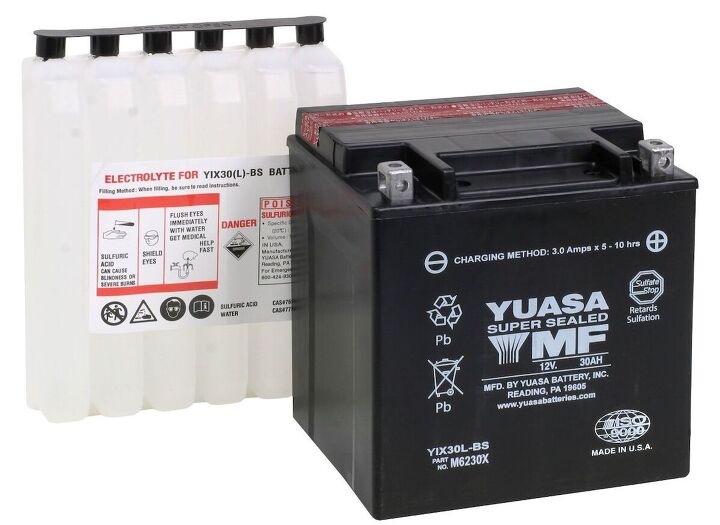

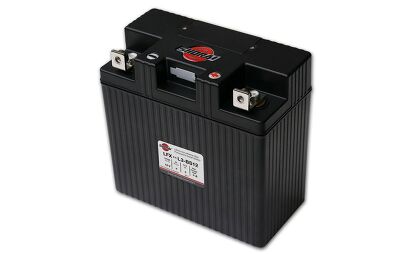










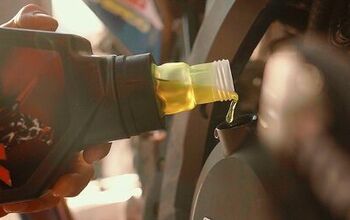
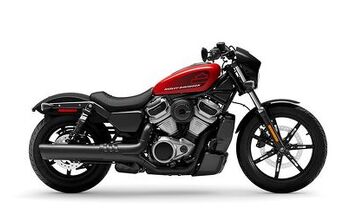
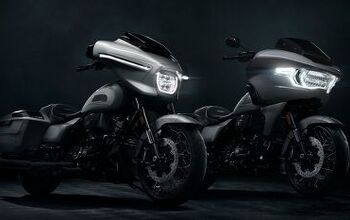

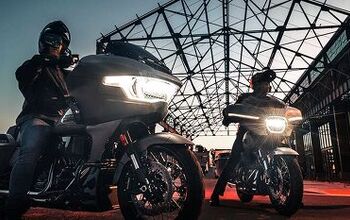
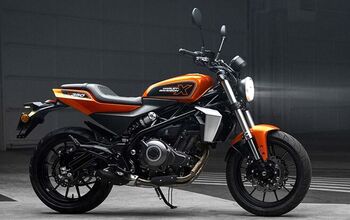










Comments
Join the conversation